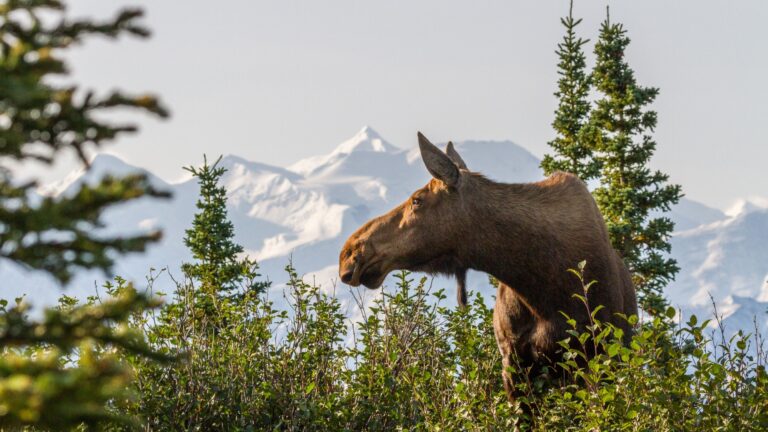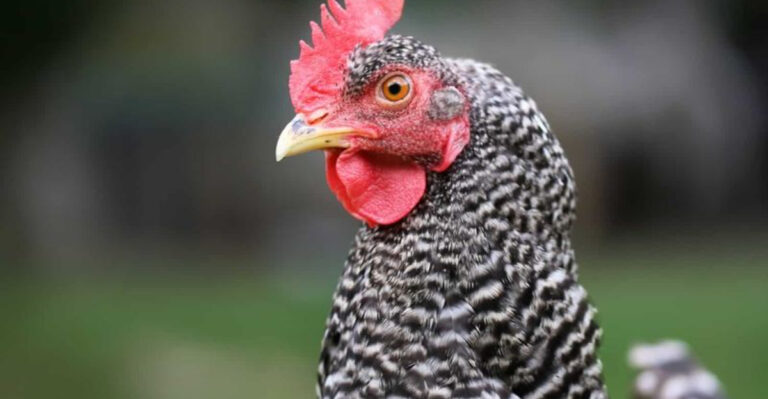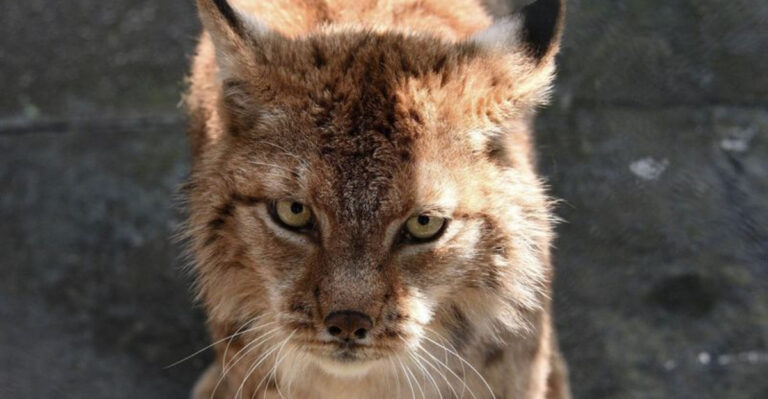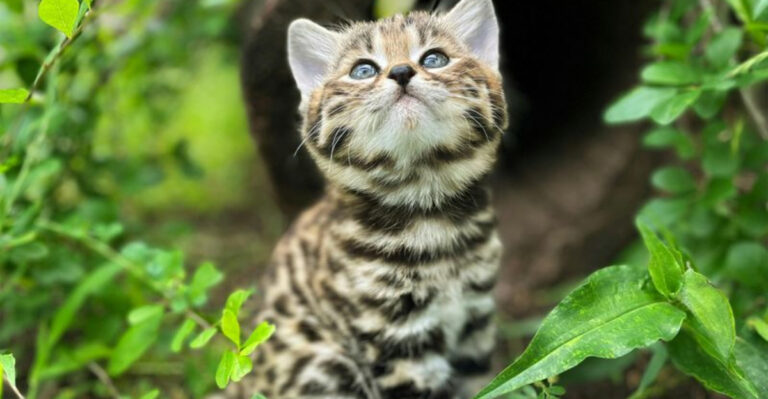Unearth The Dinosaurs That Lived In Prehistoric Texas
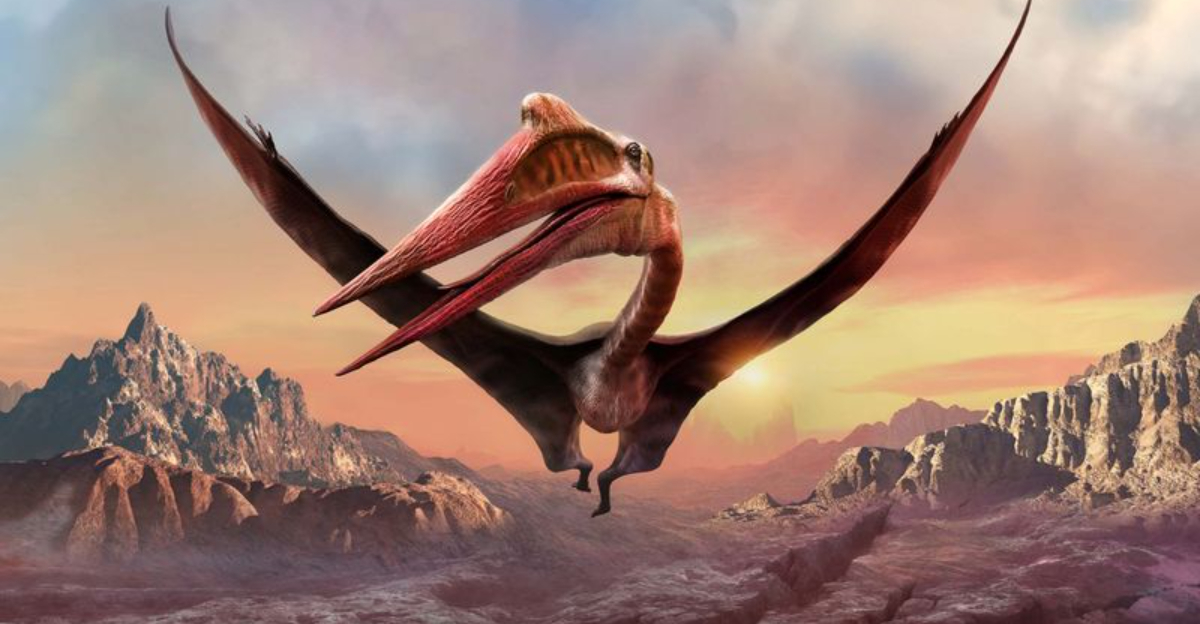
Texas might be famous for its cowboy culture and vast landscapes today, but millions of years ago, it was a stomping ground for a dazzling array of dinosaurs.
These prehistoric creatures roamed what we now know as the Lone Star State, and their fossils give us a glimpse into a world long gone.
Let’s dive into the fascinating stories of these Texas giants and explore their unique traits, habitats, and the mysteries they left behind in the fossil record.
1. Acrocanthosaurus
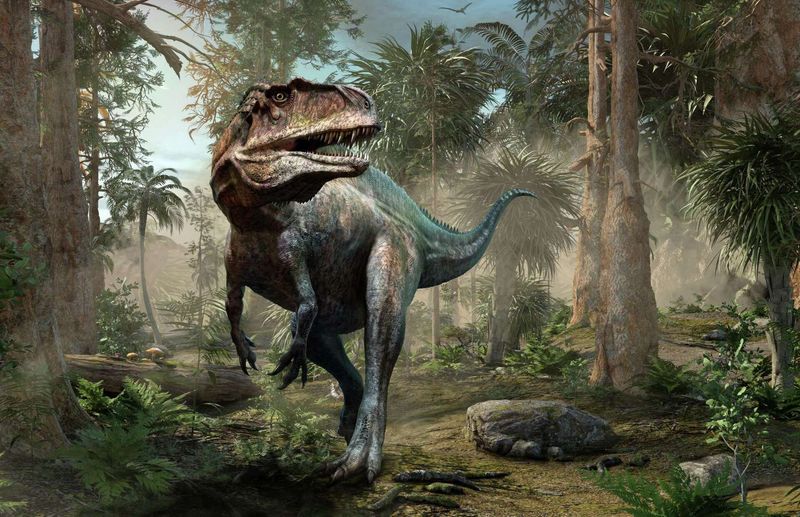
Imagine a predator with a humongous sail on its back, creeping through ancient Texas forests. Acrocanthosaurus, often mistaken for other theropods, had a unique back ridge. Standing tall at over 38 feet, it was one of the top predators of its time. Their long, sharp teeth were anything but friendly.
2. Alamosaurus
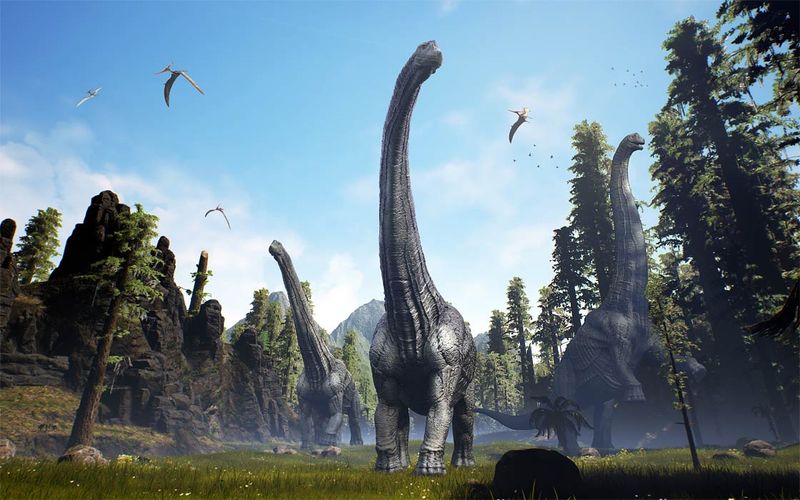
Picture the gentle giant Alamosaurus, roaming the plains of Texas with its long neck stretched to the treetops. This massive sauropod, spanning over 70 feet, was a herbivore with an appetite to match. Despite its size, it likely had few predators willing to take it on. A true titan of its time!
3. Tenontosaurus
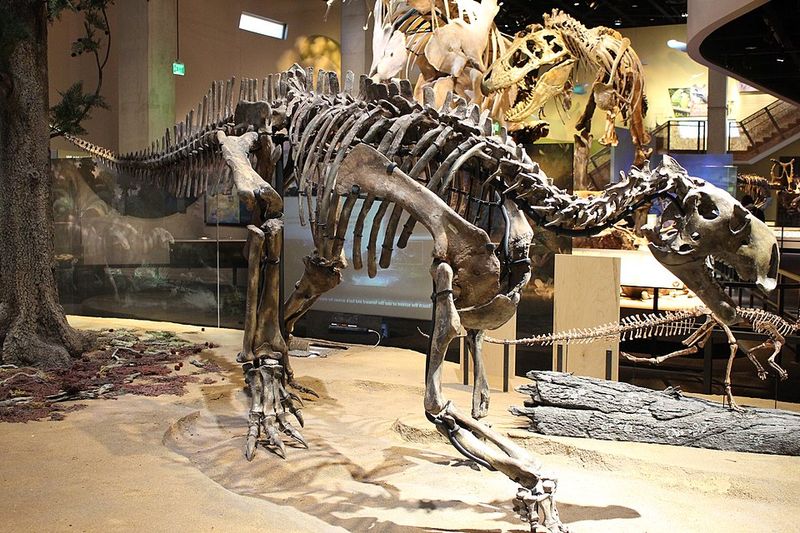
Ever thought of a dinosaur with a tail almost as long as its body? Meet the Tenontosaurus! This plant-eater, around 23 feet long, had an incredible balance thanks to its extended tail. Most probably moved in herds, finding safety in numbers. Predators had to think twice before attacking these group-dwellers.
4. Deinonychus
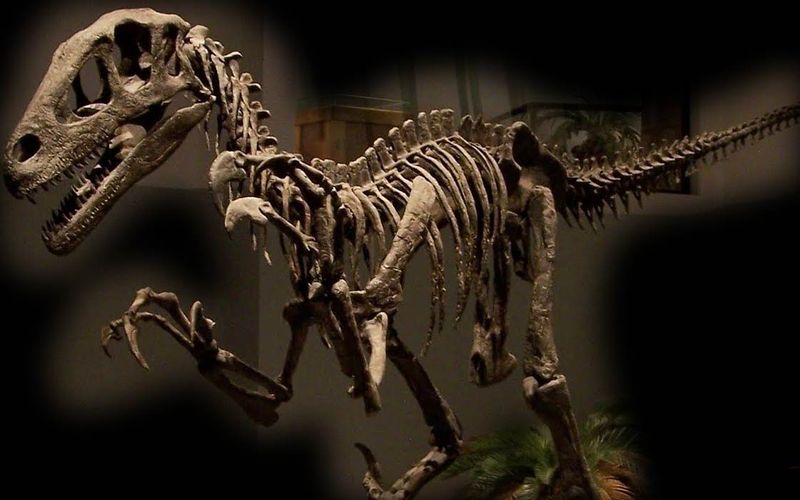
What’s more chilling than a pack of clever hunters? Deinonychus was a pack predator with sickle claws that could slice through prey like butter. Slightly smaller, at just 11 feet, but never underestimated. Their intelligence and teamwork made them formidable predators in the prehistoric world of Texas.
5. Sauroposeidon
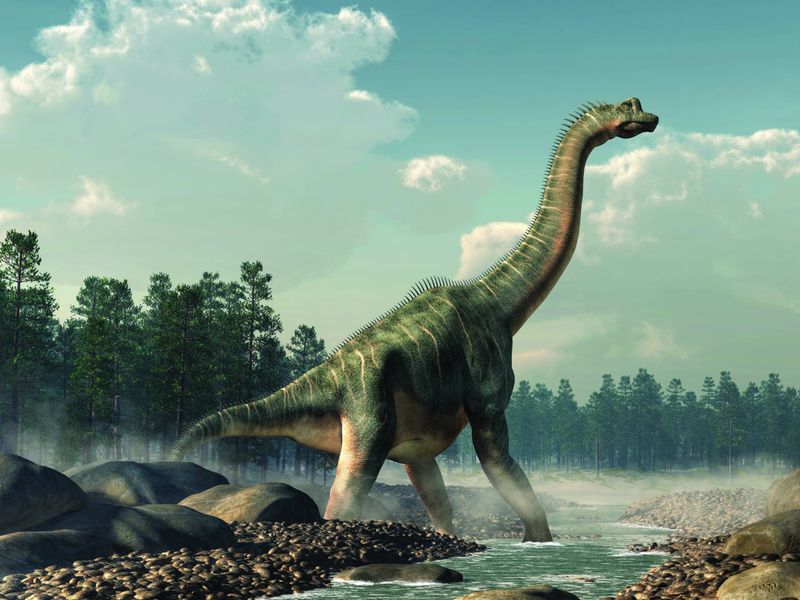
Think of Sauroposeidon as the skyscraper of dinosaurs, with necks so long they could munch on treetop leaves without breaking a sweat. These gentle giants, reaching up to 60 feet tall, made the prehistoric Texas landscape a place of awe. Their size was their armor, deterring most predators.
6. Ornithomimus
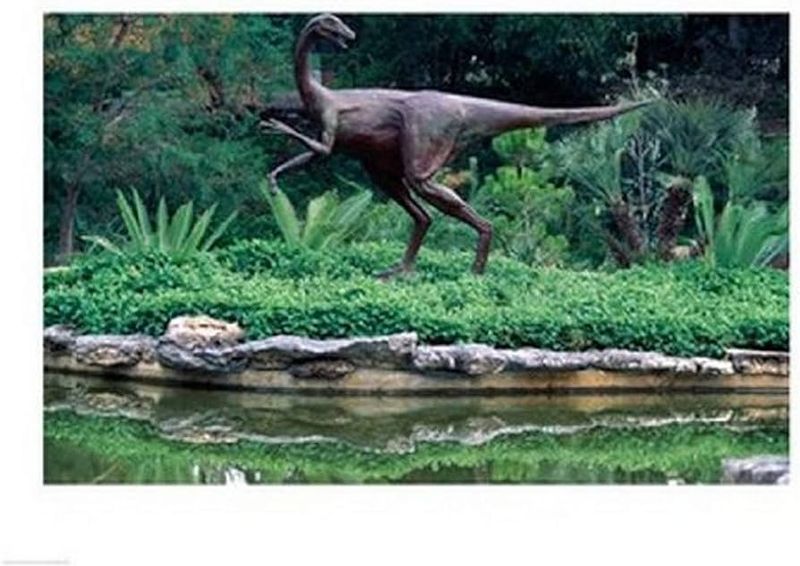
Ever seen an ostrich run? Now, imagine a dinosaur version, Ornithomimus! These speedy runners, at around 12 feet long, zipped across Texas plains, evading predators with ease. With a beak and no teeth, their diet was varied and opportunistic. Speed was their middle name, and staying still wasn’t an option.
7. Chasmosaurus
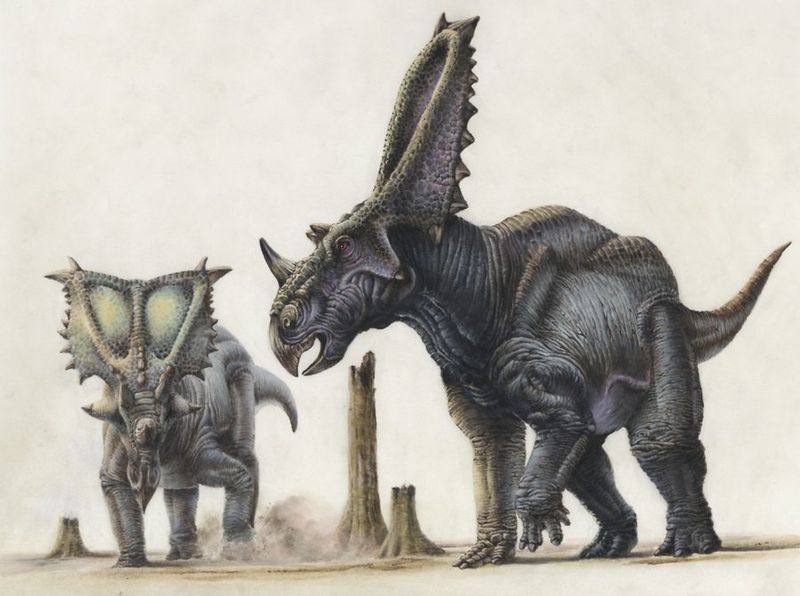
Chasmosaurus, the dinosaur with a flamboyant frill and horns, strutted around ancient Texas like it owned the place. These ceratopsians, about 16 feet long, were herbivores with a penchant for socializing. Their frills were not just for show; they served as protection and a means to attract mates.
8. Nothronychus
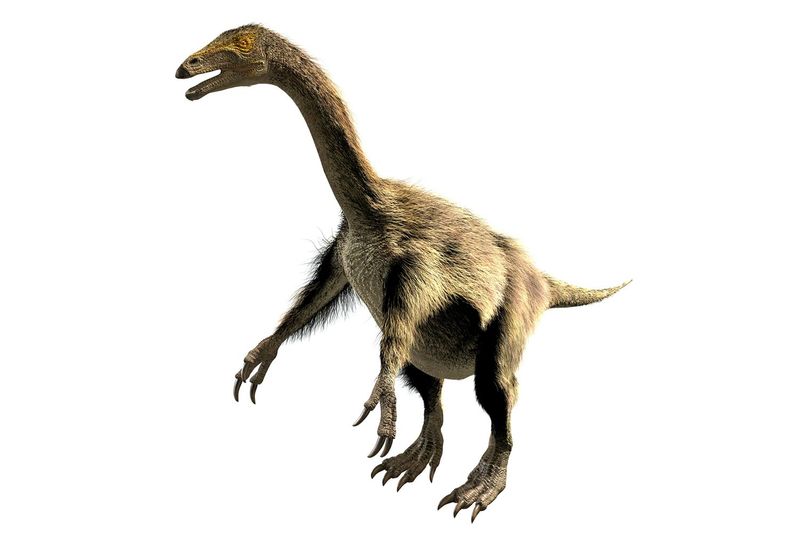
Nothronychus had claws so long, they’d make Edward Scissorhands jealous. But don’t worry, this dinosaur was more into salads than steaks. This pot-bellied creature, around 20 feet long, used its claws to gather vegetation. An oddball of prehistoric Texas, it defied the typical carnivorous norm.
9. Glyptodont
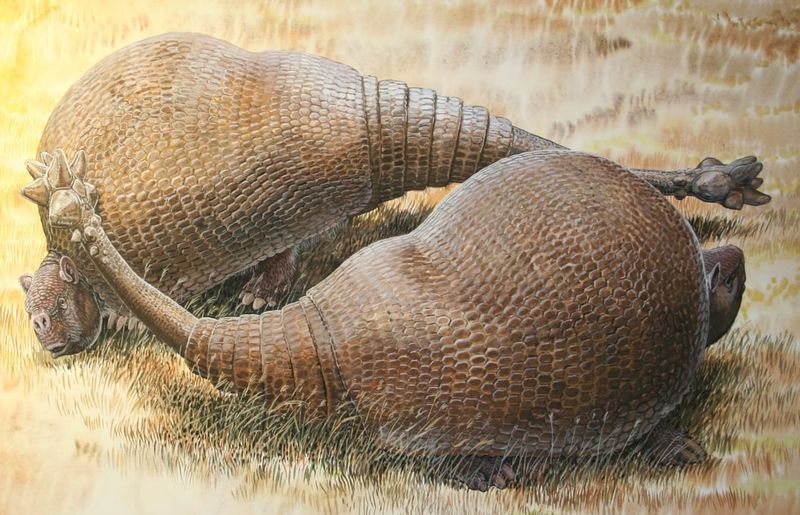
Though not a dinosaur, Glyptodont deserves a mention. Imagine an armadillo the size of a Volkswagen Beetle! These armored mammals roamed alongside dinosaurs in Texas. With a hard shell and bulk, they were well-protected from predators. The ground would tremble as these gentle giants walked by.
10. Coahuilaceratops
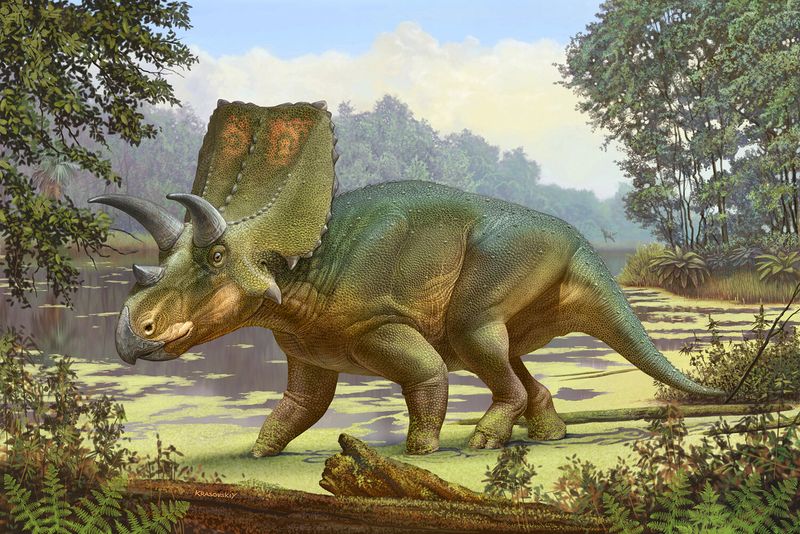
Coahuilaceratops sported some of the largest horns of any dinosaur, making even the bravest predators hesitate. This ceratopsid, about 22 feet long, roamed Texas millions of years ago. Its horns were not just for defense; they played a role in courtship, making it a true showoff of the dino world.
11. Quetzalcoatlus
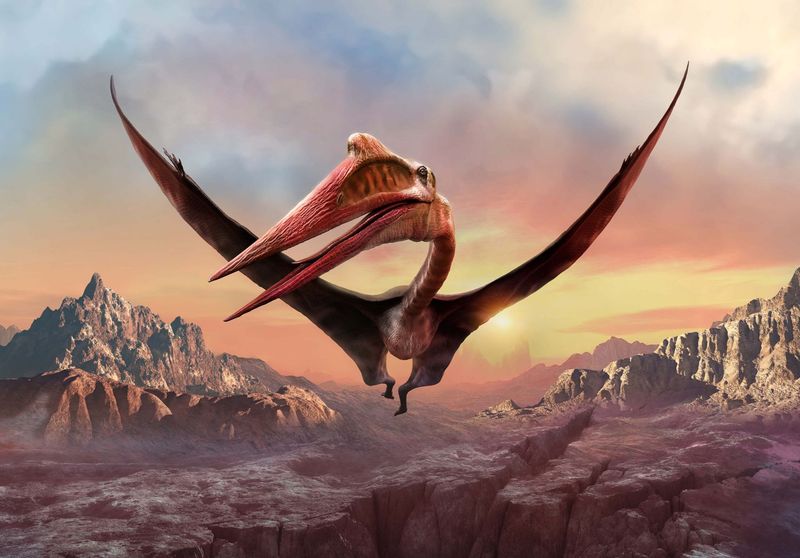
Take the skies with Quetzalcoatlus, one of the largest flying animals ever. Wings spanning over 30 feet, it soared over Texas, scouting for prey. Though not a dinosaur, this pterosaur was a formidable presence. With a long neck and sharp beak, it hunted efficiently, ruling the skies with unmatched prowess.
12. Troodon
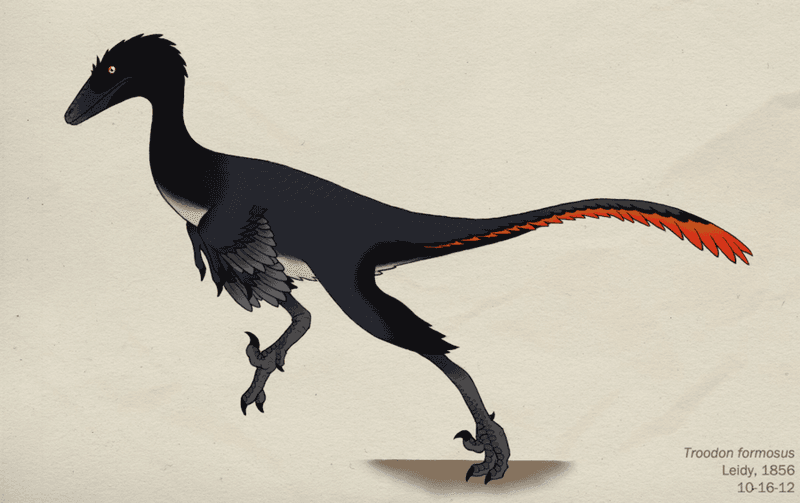
Troodon had brains the size of walnuts, but for dinosaurs, that’s impressive! Known for keen senses and agility, this small predator was about 6 feet long. Troodon’s intelligence was its ace, navigating through Texas with ease. Hunting small mammals and insects, it thrived in a challenging prehistoric world.
13. Pawpawsaurus
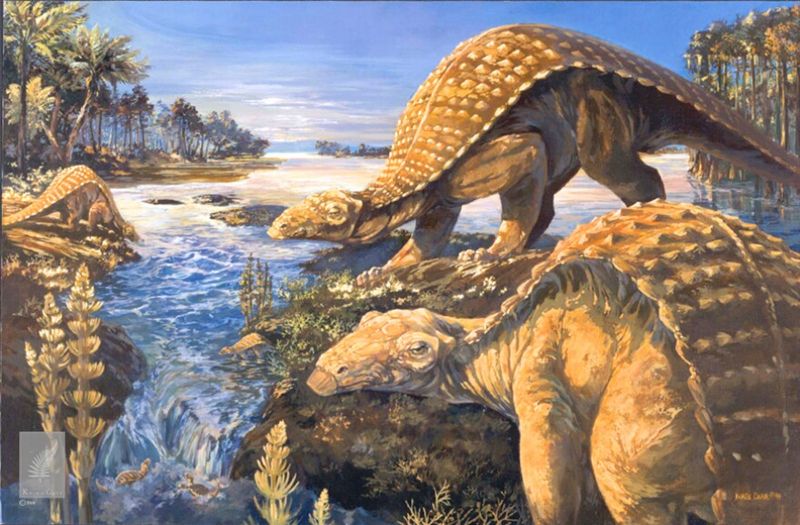
Meet Pawpawsaurus, a dinosaur with bony armor that could rival medieval knights. This gentle nodosaurid, around 16 feet long, preferred peace over conflict, munching on low-lying plants. Its armor was a lifesaver, deterring even the most persistent predators. In the forests of Texas, it was a slow-moving fortress.
14. Protohadros
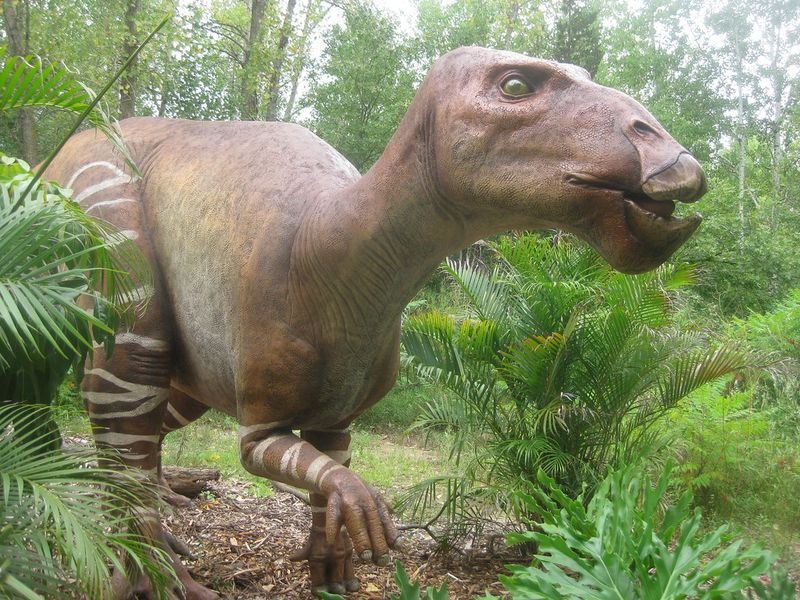
Protohadros, with its duck-bill, looked like it was always smiling. A plant-lover, it roamed along riverbanks in Texas, grazing contentedly. This hadrosaurid, about 15 feet long, was among the first of its kind. Its adaptability was key, surviving in diverse environments and weathering prehistoric challenges.
15. Convolosaurus
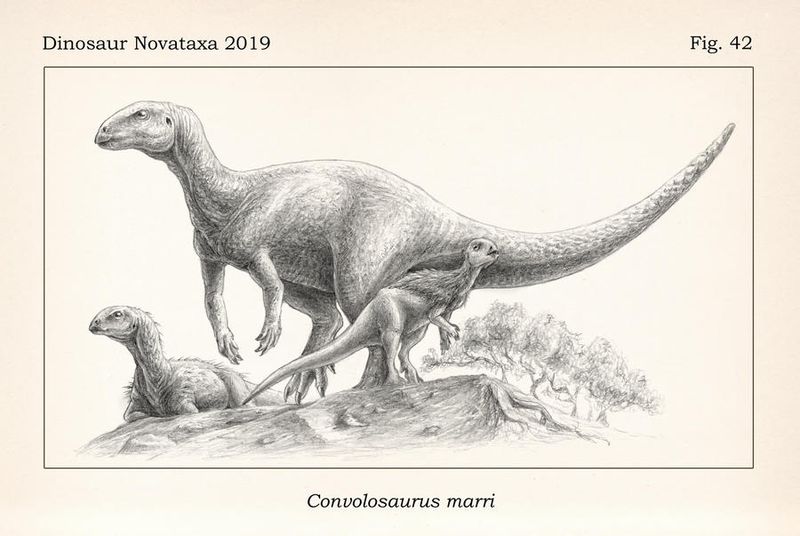
Convolosaurus had a reputation for being a social butterfly, often seen in herds. This small ornithopod, around 8 feet long, thrived on teamwork. Their sleek bodies allowed them to move swiftly, evading danger. Safety in numbers was their strategy, making them a common sight in prehistoric Texas landscapes.
16. Texacephale
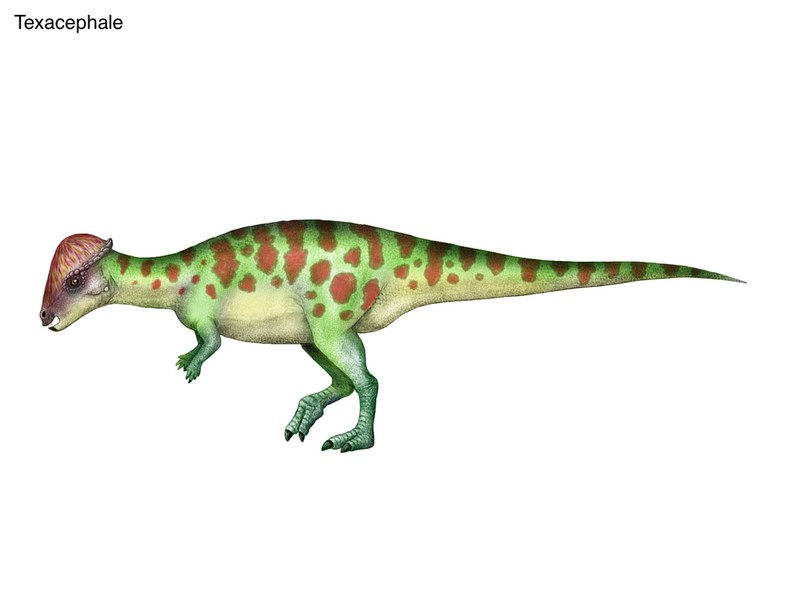
Texacephale, with its thick, domed skull, was always ready for a headbutting contest. This dinosaur, about 6 feet long, used its dome for defense and social dominance. Roaming the forests of Texas, it was a symbol of resilience. Its unique cranial structure made it one of the most fascinating species of its time.

